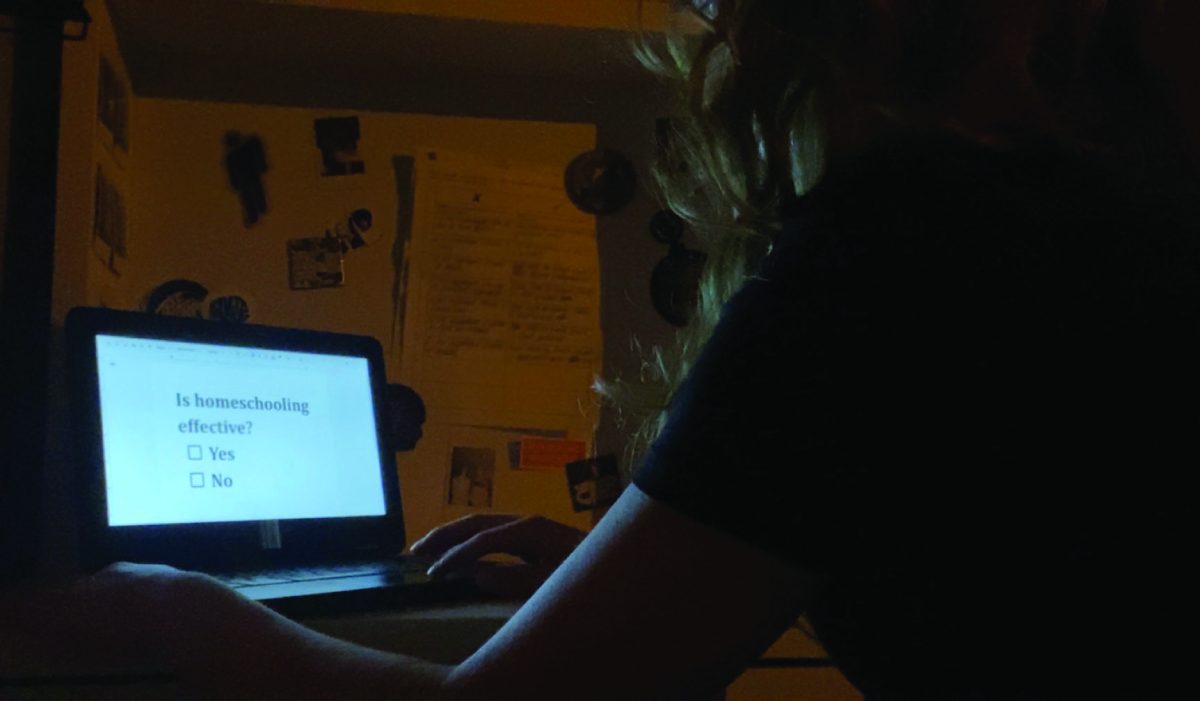Opinion: Is Black Friday foot-traffic coming to an end?
November 27, 2018
As a child, I was told stories of my family waiting outside stores in long lines, employees handing out hot chocolate, and anxious customers waiting to spend their savings on bargains. Anticipation grew each year for me as I waited for my parent’s approval to join the throngs of shoppers. When I finally reached my teen years and my parents agreed that I could finally go shopping for Black Friday, I was quite disappointed. The only lines we waited in were at checkout, there was no hot chocolate, and the stores were more stressful than joyful.
I expected both the best and the worst, and received neither. People weren’t overly excited about saving money and spreading the Holiday Cheer, nor were they ripping each other’s heads off to fight over a product. Most people were hurrying through the store, avoiding conversation. If I lost sight of my family, I was a goner.
But as the years have gone by, online shopping has become more popular, leading to a decrease in foot traffic. In 2017, according to blackfriday.com, 51 million Americans shopped only in stores, 58 million online, and 64 million both online and in stores. What’s the point of getting dressed and leaving in the middle of the night when you could shop on the couch, in pajamas, to get the same exact deals?
To respond to this new fondness of shopping, stores have been pushing up store hours to open on Thanksgiving Day, with the same or similar deals. Some stores have even decided to turn the previous one-day sale to a week long deal. For example, two Fridays ago, I went to Old Navy to take advantage of the Cardholder’s Pre-Black Friday sales. Stores are hoping the length of these sales will increase profits, which seems absurd if you ask me.
These lengthy Black Friday sales are cutting into quality family time. Dinner is rushed to to make sure they can get out for the best bargains, hoping the rest of the country isn’t planning the exact same thing. A lot of stores are opening around 6 p.m. this year, and earlier. A new trend seen over these past few years is to open Thursday, close around midnight, and reopen Friday morning. Target, Best Buy, and Macy’s are following this. While others choose to stay open all night such as JCPenney and Walmart. Then there’s the stores that are staying true to the Black Friday tradition and opening early Friday morning. Menards has followed this and always seems to be packed as they sell more than the ordinary tools and home improvement products.
Out of 78 students surveyed at LSE, more than 47% go shopping for Black Friday andyet 35% of the respondents believe this shopping frenzy is taking away the family time. Towards the end of November, some quality family time is much needed before finals and the holidays are upon us. But if we go right from cooking, to eating, to shopping, where is the time for love, smiles, and laughter?
After the weekend finally comes to an end, and the crazy shopping calms down, it begins all over again Monday morning. This time, on a different platform. With Cyber Monday picking up, more money is spent here than on Thanksgiving or Black Friday. From 2017 statistics, Cyber Monday rolled in $6.59 billion, followed by Thanksgiving with $5.03 billion, and the actual Black Friday trailing behind with $2.87 billion.
Black Friday 2018 dropped in foot traffic by 1.7% from last year. Online sales however hit a new record spending $6.22 billion online, a 23.6% increase from last year according to fortune.com. What does this mean for a future? We’ve seen this number decrease year after year, will it cease all together?









